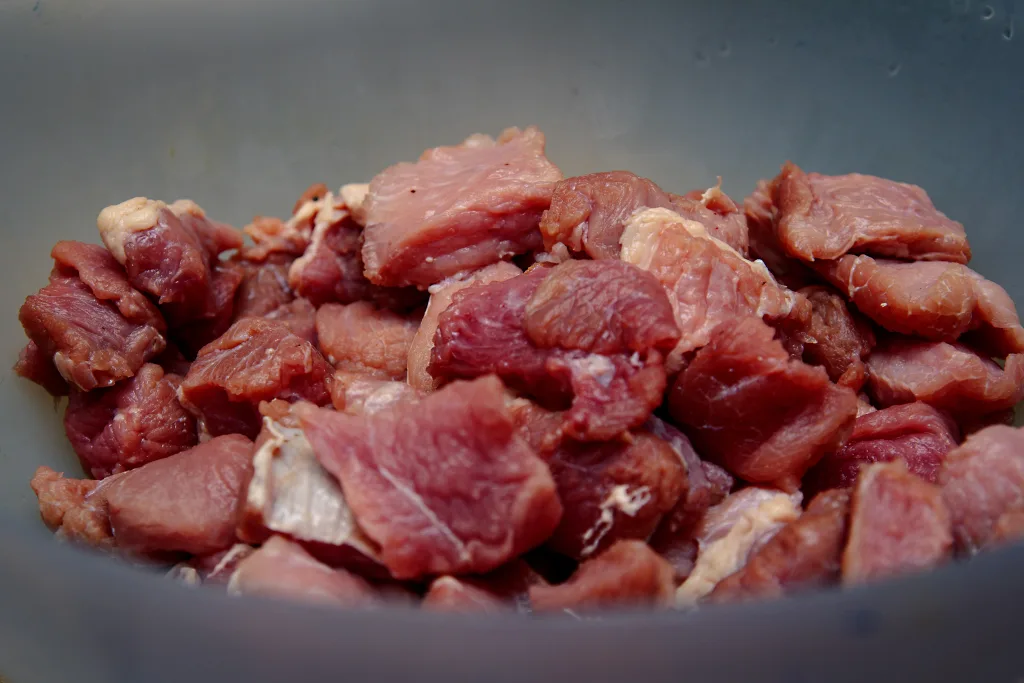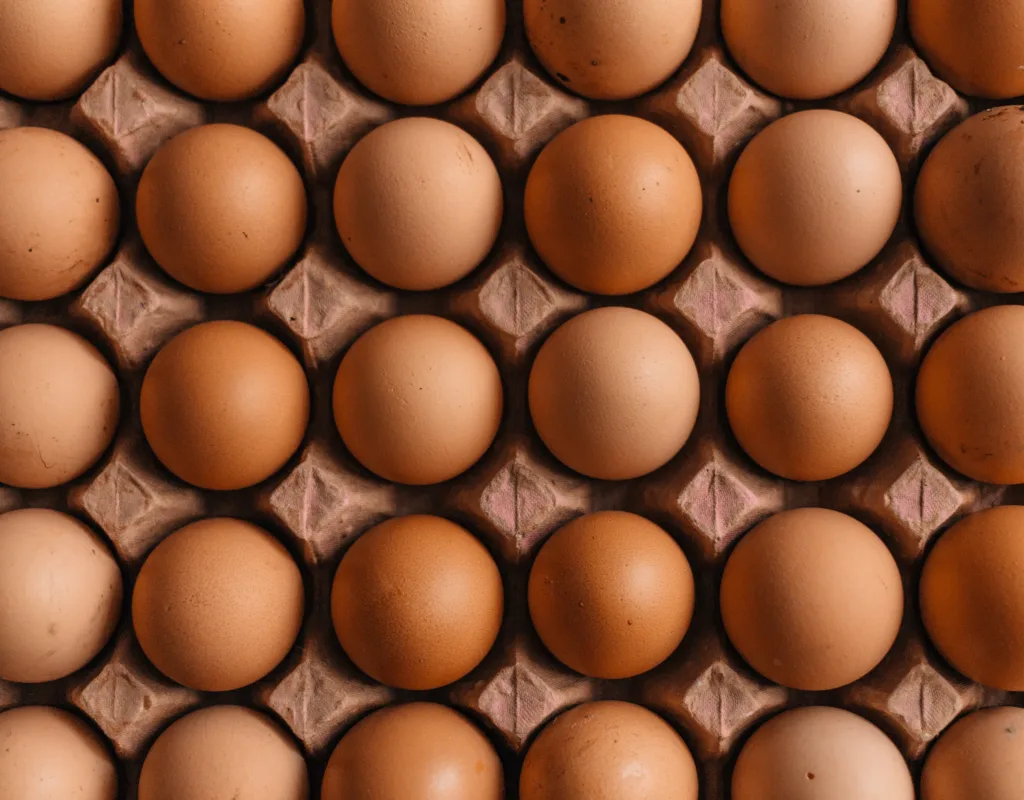Potentially Hazardous Foods (PHFs) are a concern in the food industry due to their ability to support the growth of harmful bacteria and other microorganisms. It is crucial for food service managers and health inspectors to be aware of these foods in order to prevent foodborne illnesses and ensure the safety of consumers.
PHFs can be categorized into three main types: biological, chemical, and physical hazards. Biological hazards include disease-causing bacteria, viruses, parasites, molds, yeasts, and naturally occurring toxins. Chemical hazards refer to substances such as pesticides, cleaning agents, allergens, and food additives that can contaminate food and pose health risks. Physical hazards include foreign objects like glass, metal fragments, and hair that can accidentally get into food.
When it comes to PHFs, certain foods have a higher potential for causing harm due to their composition and characteristics. Raw and cooked meats, or foods containing meat, such as casseroles, curries, and lasagne, are considered PHFs because they provide an ideal environment for bacterial growth. Dairy products like milk, custard, and dairy-based desserts are also on the PHF list due to their high protein and moisture content, which can support the growth of bacteria.
Seafood, excluding live seafood, is another example of a potentially hazardous food. This is because seafood can spoil quickly and may harbor harmful bacteria or toxins if not handled and stored properly. Additionally, processed or cut fruits and vegetables, such as salads, can be PHFs as they have a high water content and can easily become contaminated.
Cooked rice and pasta are also considered PHFs because they can provide a suitable environment for bacterial growth if not stored and reheated correctly. It is essential to handle these foods with care to prevent the risk of foodborne illnesses.
However, not all foods fall under the category of PHFs. Bread, for example, is not considered a potentially hazardous food. Bread does not have the water or high protein content usually associated with food hazards. Therefore, when it comes to food safety, bread is generally considered safe to consume.
Understanding potentially hazardous foods is crucial for ensuring food safety in the industry. Raw and cooked meats, dairy products, seafood, processed fruits and vegetables, and cooked rice and pasta are all examples of PHFs due to their ability to support bacterial growth. However, bread is not considered a potentially hazardous food as it does not possess the necessary characteristics that make foods potentially hazardous. It is important for food service managers and health inspectors to be knowledgeable about these foods to prevent foodborne illnesses and protect consumers.
What Are 4 Potentially Hazardous Foods?
Potentially hazardous foods are those that pose a higher risk of causing foodborne illnesses if not handled, stored, or cooked properly. Here are four examples of potentially hazardous foods:
1. Raw and Cooked Meat: Both raw and cooked meat, including poultry, beef, pork, and lamb, can harbor harmful bacteria such as Salmonella, E. coli, and Campylobacter. These bacteria can cause severe food poisoning if consumed.
2. Dairy Products: Dairy products like milk, custard, and dairy-based desserts are susceptible to bacterial contamination if not stored at the right temperature. They can contain pathogens such as Listeria monocytogenes, which can lead to serious illness, especially in pregnant women, newborns, and individuals with weakened immune systems.
3. Seafood: Although live seafood is excluded from this list, various types of seafood, including fish, shellfish, and crustaceans, can be hazardous if mishandled or consumed raw. They may contain harmful bacteria, parasites, or toxins that can cause foodborne illnesses such as Vibrio, Norovirus, or Ciguatera poisoning.
4. Processed or Cut Fruits and Vegetables: Freshly cut or processed fruits and vegetables, particularly those used in salads or fruit salads, can become contaminated with bacteria during preparation. E. coli, Salmonella, or Listeria can be present on the surface of these foods, leading to illness if not properly washed or stored.
It’s important to handle, store, and cook these potentially hazardous foods with care to minimize the risk of foodborne illnesses. This includes proper storage temperatures, thorough cooking, avoiding cross-contamination, and practicing good hygiene throughout the food preparation process.

Which Of These Is Not Considered A PHF?
Bread is not considered a Potentially Hazardous Food (PHF). PHFs are typically categorized as foods that have a higher risk of supporting the growth of harmful bacteria if not stored or handled properly. These foods usually have high protein or water content, which can create an environment where bacteria can thrive.
Examples of PHFs include:
1. Meat and poultry: such as beef, pork, chicken, and turkey.
2. Dairy products: such as milk, cheese, and yogurt.
3. Seafood: such as fish, shellfish, and crustaceans.
4. Eggs: both raw and cooked eggs.
5. Cooked rice and pasta: these can support bacterial growth if not stored or reheated correctly.
6. Cut fruits and vegetables: when cut, they create a favorable environment for bacteria to grow.
7. Soups, stews, and gravies: these foods contain a combination of ingredients that can support bacterial growth.
In contrast, bread does not fall into the category of PHFs because it has low water content and does not contain high levels of protein. While bread can potentially spoil if not stored properly, it is not considered a significant risk for bacterial growth. Therefore, it is generally considered safe to consume as long as it is not visibly moldy or stale.
Which Is Considered A Potentially Hazardous Food?
Potentially hazardous foods, as defined by food safety guidelines, are those that have a higher risk of causing foodborne illnesses if not handled, stored, or cooked properly. These foods can harbor harmful bacteria, viruses, or parasites that can make people sick. Quizlet provides a comprehensive list of potentially hazardous foods, including:
1. Raw and cooked meats: This includes beef, pork, lamb, veal, and poultry. These meats can carry bacteria like Salmonella, E. coli, and Campylobacter.
2. Milk and milk products: Raw or unpasteurized milk, as well as products made from them (cheese, yogurt, ice cream), can contain harmful bacteria such as Listeria and Salmonella.
3. Fish and shellfish: Raw or undercooked fish and shellfish, such as oysters, clams, mussels, and sushi, can harbor bacteria, viruses, or parasites like Vibrio, Norovirus, and Anisakis.
4. Tofu: Raw or unpasteurized tofu can contain harmful bacteria, such as Salmonella or Listeria.
5. Cooked rice, pasta, and beans: These foods, if not stored or reheated properly, can promote the growth of bacteria like Bacillus cereus, which can cause food poisoning.
6. Potatoes: Cooked potatoes can become a potential hazard if left at room temperature for too long, as they can provide a favorable environment for bacterial growth, especially Clostridium botulinum.
7. Cut leafy greens: Pre-cut or pre-washed leafy greens, like lettuce and spinach, can be a source of bacterial contamination if not handled or stored properly.
8. Cut tomatoes and melons: Sliced or diced tomatoes and melons can become contaminated with bacteria during preparation or if left at room temperature for extended periods.
9. Garlic in oil: Garlic stored in oil at room temperature can create an environment for the growth of Clostridium botulinum, which produces a dangerous toxin.
It’s important to note that this is not an exhaustive list, and other foods can also pose a potential risk if not handled or prepared correctly. It’s crucial to follow proper food safety practices, such as cooking food to the appropriate temperatures, storing perishable items at the right temperature, and practicing good hygiene when handling food, to minimize the risk of foodborne illnesses.
What Are The Potential Food Hazards?
The potential food hazards can be categorized into three main types: biological, chemical, and physical hazards. These hazards are of great concern to both food service managers and health inspectors in ensuring the safety and quality of food.
1. Biological hazards: These hazards arise from living organisms and include disease-causing bacteria, viruses, parasites, molds, yeasts, and naturally occurring toxins. They can contaminate food and cause foodborne illnesses if consumed.
Examples of biological hazards include:
– Salmonella and E. coli bacteria, which can cause severe gastrointestinal infections.
– Norovirus and Hepatitis A virus, which can lead to viral gastroenteritis and liver infections, respectively.
– Parasites like Trichinella and Toxoplasma, commonly found in undercooked meat and can cause various health issues.
– Mold and yeast, which can spoil food and produce toxins harmful to human health.
2. Chemical hazards: These hazards result from chemical substances present in food or introduced during food processing. They can include natural toxins, pesticides, food additives, cleaning agents, and contaminants from environmental pollution.
Examples of chemical hazards include:
– Allergens such as peanuts, tree nuts, shellfish, and gluten, which can cause severe allergic reactions in susceptible individuals.
– Pesticide residues, which can be present on fruits, vegetables, or grains if not properly controlled during cultivation.
– Food additives like sulfites and food dyes, which can trigger adverse reactions in sensitive individuals.
– Contaminants like heavy metals (e.g., lead, mercury) and environmental pollutants (e.g., polychlorinated biphenyls), which can accumulate in the food chain and pose long-term health risks.
3. Physical hazards: These hazards are foreign objects that can accidentally contaminate food and pose a choking, laceration, or injury risk to consumers. They can include items such as glass fragments, metal shavings, stones, hair, or plastic pieces.
Examples of physical hazards include:
– Glass shards from broken containers or utensils.
– Metal fragments from equipment or machinery.
– Stones or other hard objects accidentally mixed into food ingredients.
– Hair or fibers from clothing or packaging materials.
– Plastic pieces from packaging or food processing materials.
To ensure food safety, it is essential for food service managers and health inspectors to identify and control these potential hazards through proper handling, storage, cooking, and sanitation practices. Regular monitoring, staff training, and following regulatory guidelines are crucial in preventing foodborne illnesses and maintaining high food quality standards.

Conclusion
Potentially Hazardous Food (PHF) refers to a category of foods that have the potential to pose a health risk if not handled, stored, or cooked properly. These foods include raw and cooked meat, dairy products, seafood, processed fruits and vegetables, and cooked rice and pasta. PHFs are of great concern to food service managers and Health Inspectors due to the potential for foodborne illnesses.
Biological hazards are one type of risk associated with PHFs. These include disease-causing bacteria, viruses, parasites, molds, yeasts, and naturally occurring toxins. These microorganisms can multiply rapidly in certain conditions, such as when PHFs are stored at improper temperatures or cross-contamination occurs.
Chemical hazards are another concern when it comes to PHFs. These can include contaminants such as pesticides, heavy metals, and additives. Improper handling or storage of PHFs can lead to the transfer of these chemicals into the food, posing a risk to consumer health.
Physical hazards are also a consideration when dealing with PHFs. These can include foreign objects like glass, metal, or plastic fragments that can accidentally contaminate the food during processing or handling. These hazards can cause physical injuries or choking if consumed.
It is important for food service managers and staff to be aware of these potential hazards and take appropriate measures to prevent them. This includes proper storage, handling, and cooking techniques, as well as regular cleaning and sanitization of food preparation areas.
Potentially Hazardous Foods require extra care and attention to ensure they are safe for consumption. By understanding and mitigating the risks associated with PHFs, food service establishments can maintain the health and safety of their customers.
